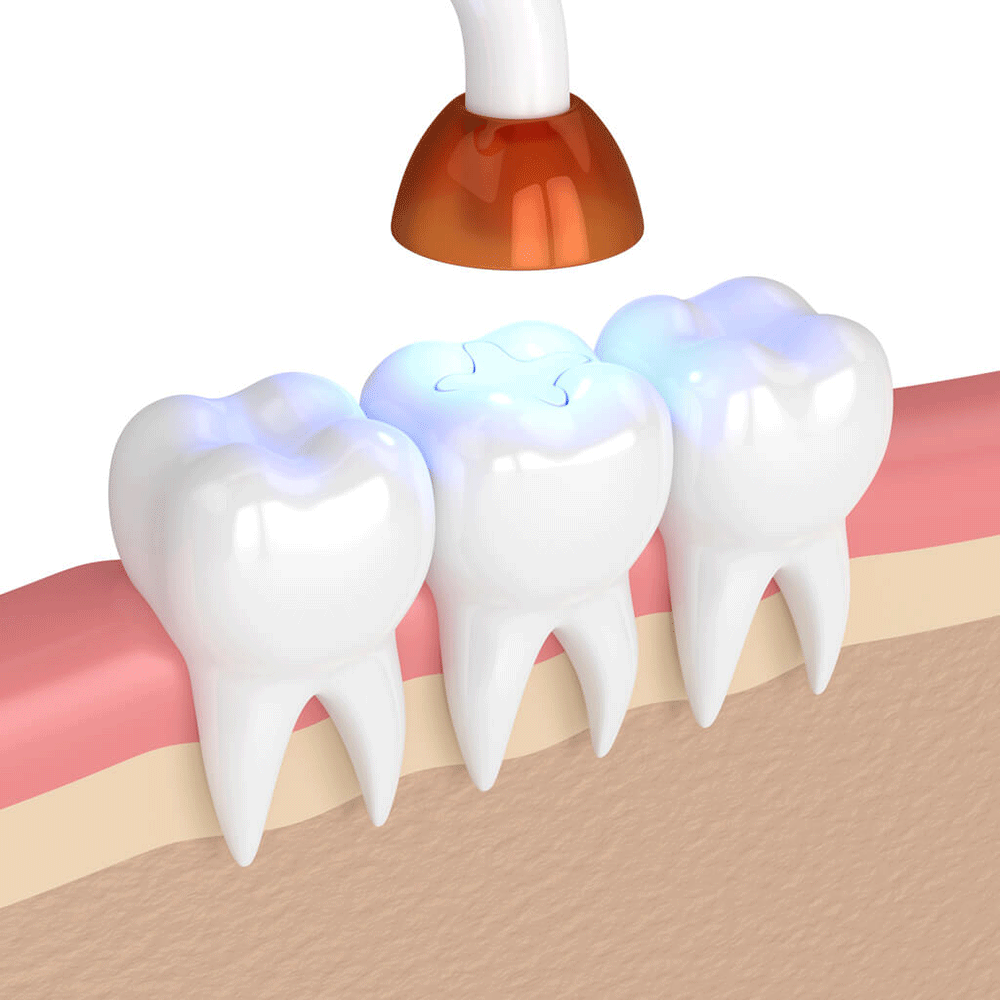Cavity Fillings and Sealants
Discover the benefits of cavity fillings and tooth sealants at Third Coast Family Dental, where advanced technology and expert care come together to prevent decay and restore your smile's health and beauty.
Cavity Fillings and Sealants in West Allis, WI
At Third Coast Family Dental, we specialize in safeguarding your smile with top-tier cavity fillings and tooth sealants.
Dental Fillings: A dental filling is a common procedure used to restore the integrity and function of a tooth damaged by decay or fracture. By meticulously removing decay and sealing the area, our dental fillings prevent further damage and restore your tooth’s natural appearance and function.
Tooth Sealants: Tooth sealants provide a protective shield over the enamel of the teeth to block out bacteria and prevent decay.
Opting for a cavity filling or dental sealant at Third Coast Family Dental means choosing a practice committed to using state-of-the-art technology and materials. Our experienced team ensures that each procedure is performed with the utmost precision and care, prioritizing your comfort and long-term dental health. Trust us to provide exceptional care and maintain your smile’s health and beauty.

-
How does a cavity filling work?
A cavity filling is a common dental procedure used to repair and restore a tooth that has been damaged by decay. Here’s how the process typically works:
- Examination and Preparation: The dentist first examines the affected tooth, often using X-rays, to determine the extent of the decay. The area around the tooth is numbed with a local anesthetic to ensure comfort during the procedure.
- Decay Removal: Using a drill, laser, or air abrasion instrument, the dentist removes the decayed portion of the tooth. This step is crucial to prevent the spread of decay and to prepare the tooth for the filling.
- Cleaning: After removing the decay, the dentist cleans the cavity of bacteria and debris to ensure a clean surface for the filling to adhere to.
- Filling: The cleaned cavity is then filled with a filling material. Common materials include dental amalgam (a mixture of metals), composite resins (tooth-colored fillings), gold, or ceramic. The choice of material depends on the location of the cavity, the patient’s dental history, aesthetic considerations, and cost.
- Polishing: Once the filling is in place, the dentist will shape and polish it to match the contour of the rest of the tooth, ensuring a comfortable bite and a natural look.
-
What types of fillings are there?
There are several types of materials used for dental fillings, each with its own advantages and considerations. Here’s a brief overview of the most common types:
- Amalgam Fillings: Made from a mixture of metals, including silver and mercury, these fillings are durable and cost-effective, ideal for back teeth.
- Composite Resins: Tooth-colored fillings that blend well with natural teeth, suitable for front teeth due to their aesthetic appeal.
- Ceramic Fillings: Made from porcelain, these are stain-resistant and strong, though more brittle and expensive than other types.
- Gold Fillings: Composed of a gold alloy, these fillings are exceptionally durable and aesthetically distinct but also the most costly.
- Glass Ionomer: These fillings release fluoride and are less durable, so they are best for non-load-bearing areas like the roots of teeth.
-
Is tooth sensitivity after a filling normal?
Experiencing tooth sensitivity after getting a filling is common due to several factors, including reactions to the filling materials, inflammation from the procedure, thermal conductivity of metal fillings causing discomfort with temperature changes, and potential shrinkage or expansion of filling materials. This sensitivity usually decreases over a few days to weeks, but persistent or worsening sensitivity should prompt a visit to the dentist, as it may indicate the need for an adjustment or an underlying infection.
More Questions?
If you have more questions about cavity fillings and sealants, please call our office and we'll be happy to discuss further.

